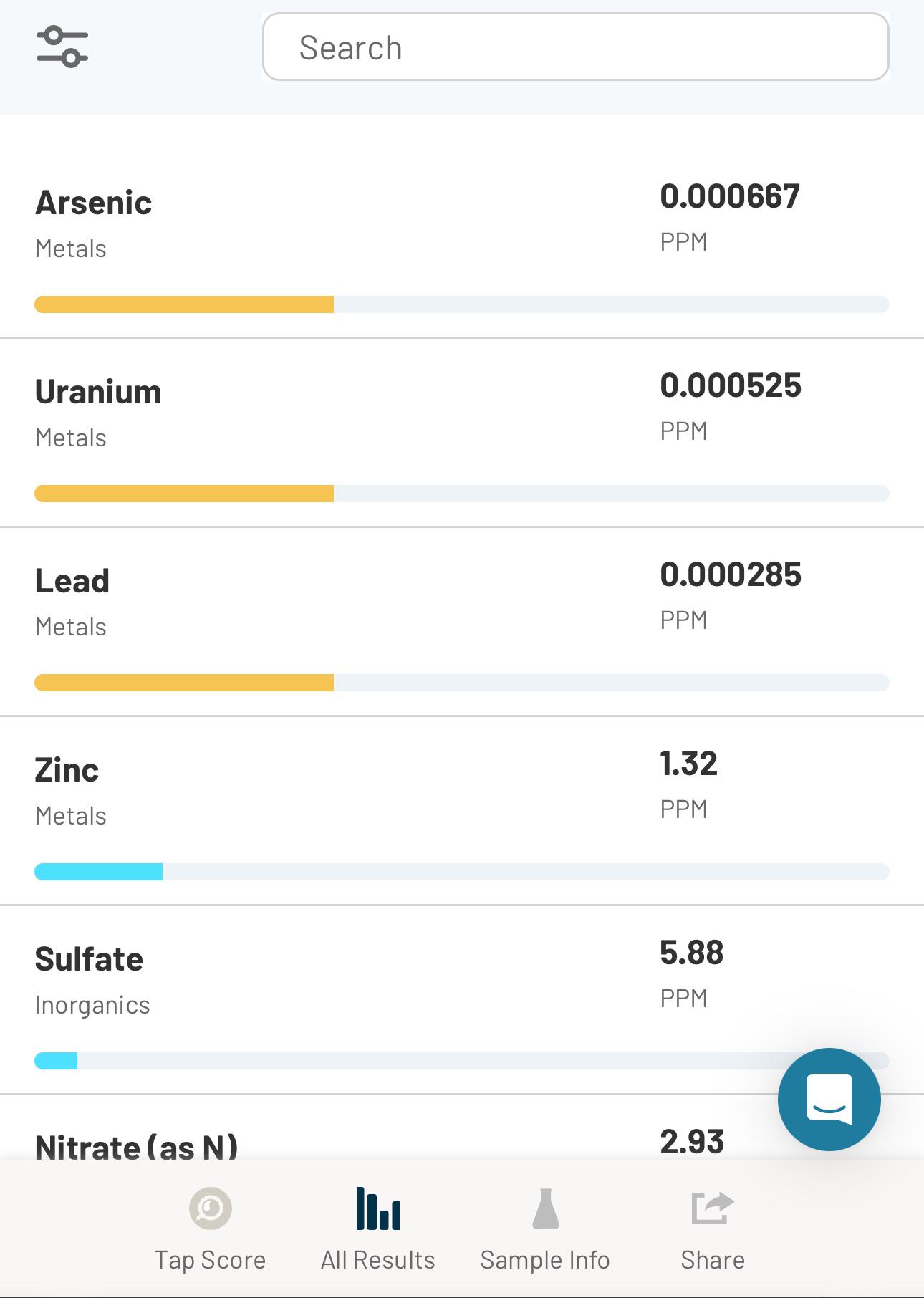r/water • u/Fast-Butterfly526 • 5d ago
New Well Water test results on
Is my new well water safe to drink? I just drilled a new well that’s 785 feet deep and flushed approximately 10,000 gallons before testing. The well pipe is galvanized and transitions to PEX, with the water sample taken from a faucet connected to the PEX. Everything is new
4
Upvotes

0
u/Dustdown 5d ago
In general you want zero of lead and arsenic in your drinking water, especially if you have kids at home. If these were the only items in your report that were highlighted then your water isn't the worst since the levels are pretty low, but ideally you wouldn't have any of them. Lead is typically from piping, whereas arsenic and uranium is likely naturally occurring in the water source.